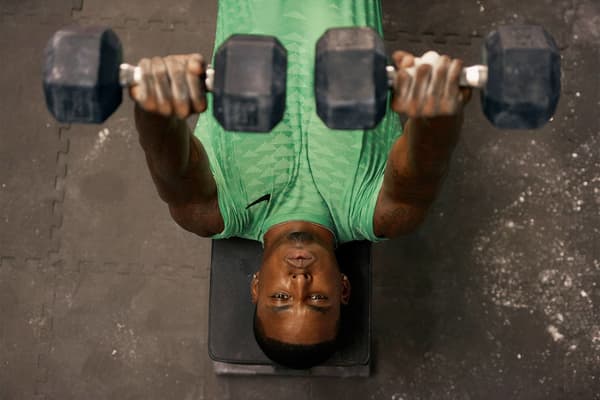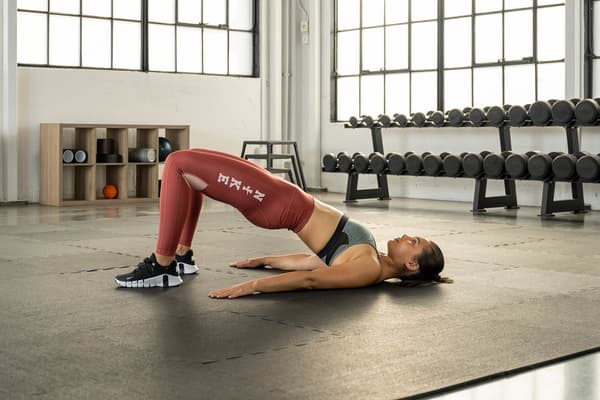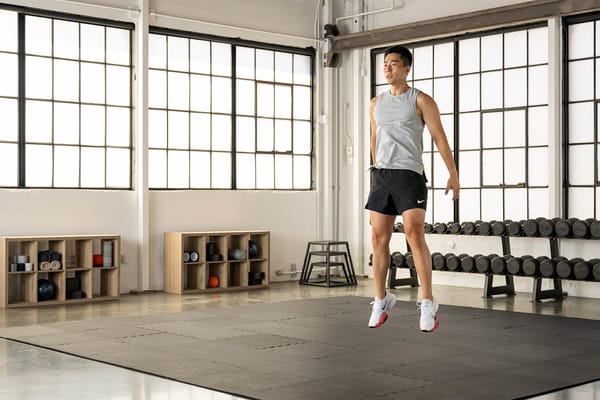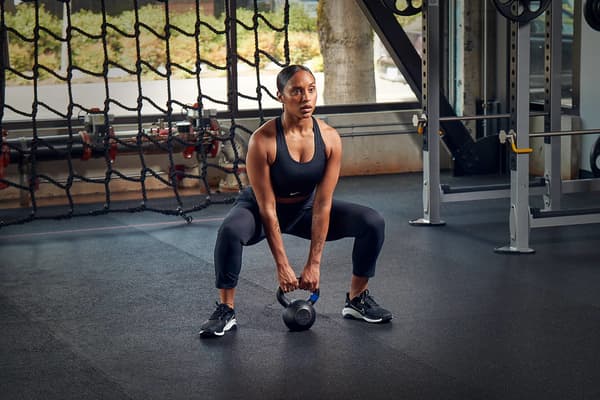Can Weightlifting Stunt Growth? Experts Explain
Sport & Activity
Here's what coaches say about the risks of weightlifting for tweens and teens.
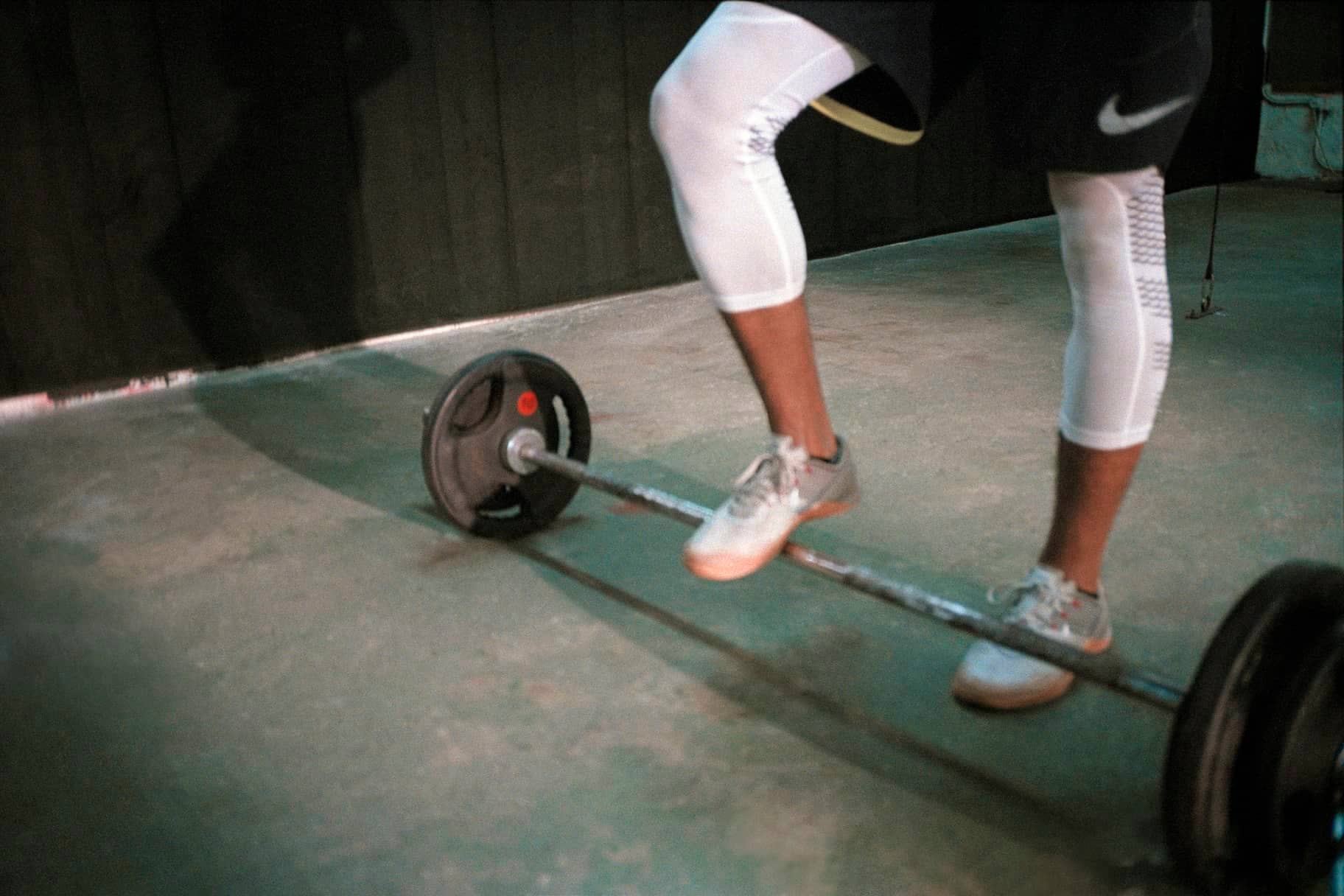
There's ample evidence that participating in sports when people are young can potentially kick off a lifetime of consistent fitness habits, heighten self-confidence and even impart a sense of empathy and resilience. And while engaging in athletics from an early age offers a host of benefits, it's important to keep overall health in mind. Enter the long-standing controversy: does lifting weights stunt growth in tweens and teens?
The short answer: no. But there are some caveats to bear in mind for teens looking to begin weight training, according to Carol Mack, D.P.T., CSCS., strength coach and doctor of physiotherapy.
"There's no evidence that weightlifting stunts growth", she said. "In fact, resistance training can help build coordination and strength in young athletes, and there's a strong push right now for young female athletes to lift weights in the hope that it may offer more injury prevention. That being said, there should be a focus on building proper form for this population before adding weight or resistance to their movements".
What the Research Says
The National Strength and Conditioning Association released a position statement on the issue of young people and strength training in 2009 and hasn't updated that guidance since. That statement notes: "[R]esearch increasingly indicates that resistance training can offer unique benefits for children and adolescents when appropriately prescribed and supervised. The qualified acceptance of youth resistance training by medical, fitness and sport organisations is becoming universal".
The statement concluded by calling concerns about youth resistance training outdated, and said that there's now enough information to support the practice, as long as training follows age-appropriate guidelines.
Research published since those guidelines were first issued support the safety of strength training for young people. For example, a 2020 clinical report from the American Academy of Pediatrics stated that properly designed resistance training programmes have no apparent negative effect on linear growth, growth plate health or the cardiovascular system of children and adolescents.
A research review published in a 2016 issue of Frontiers in Physiology found that resistance training done by young athletes provides benefits for long-term health and athletic performance, since it provides neuromuscular adaptation.
Another research review, in a 2009 issue of Sports Health, noted that injuries related to strength training for young participants were primarily caused by misuse of equipment, inappropriate weight, improper technique or lack of qualified adult supervision, rather than by lifting itself.
As Mack noted, more female athletes are also being encouraged to start resistance training, and for good reason. Most notably, ACL tears are more common in female athletes because the structure of their knee joints is different from that of male athletes, putting them at higher risk. Having low muscle mass in the legs can increase that risk, according to Johns Hopkins Medicine, which means building strength can have a protective effect.
How to Prevent Injury in Teens Who Weightlift
While the research-based answer to "Can weightlifting stunt growth?" is a resounding no, that doesn't mean the activity is free from risk. Like any exercise, it's possible for participants to become injured, especially if performing the move incorrectly.
That's why it's crucial to provide effective supervision and guidance on proper form, Mack said, and that means individualised training programmes. While that's not always possible—for example, an entire football or swimming team may all be in the school weight room at once—she believes that doing as much one-on-one training time at the start of a weightlifting endeavour can pay off in the long run.
"At the secondary school where I provide strength training, I often find that if we spend a lot of individualised time with schoolchildren when they first start at the school, they are proficient with most exercises and weights to use by their final years", she said.
Another tip: make sure a training programme follows that "age-appropriate" designation suggested by the NSCA, according to Rocky Snyder, CSCS
"Some online programmes are designed for youth by simply taking adult programmes and re-purposing them, but this is a problem", he said. "An adolescent body is different from that of a mature adult. Motor control, flexibility, existing strength levels, hormonal changes, and mental and physical maturity levels are just some key elements to consider when developing a comprehensive programme for youth athletes".
He recommended that athletes, parents, coaches and anyone in the athlete's support system look at the NCSA infographic on youth resistance training, which outlines strategies to get started and stay safe. These range from beginning with relatively light loads and always focusing on correct technique to gradually increasing resistance by 5 to 10% as strength improves, and optimising performance and recovery with healthy nutrition, proper hydration and adequate sleep.
"What I've seen is that strength training is wonderful for their confidence", Mack said. "That's true in the short term, but also in future years of university and adulthood".
Words by Elizabeth Millard










